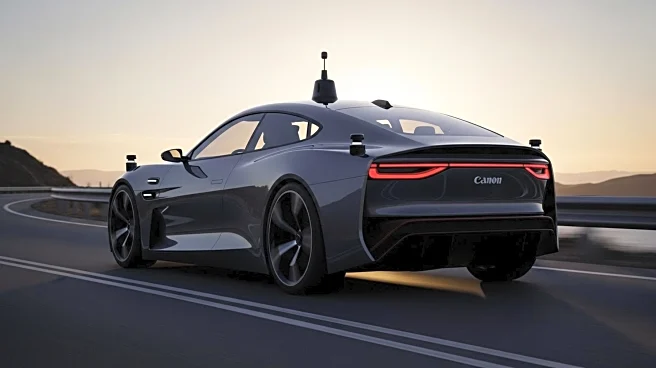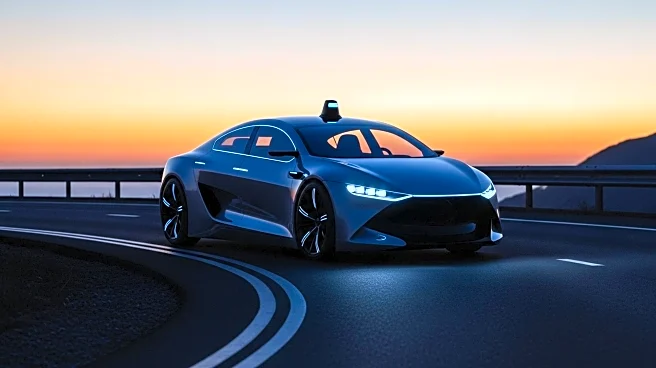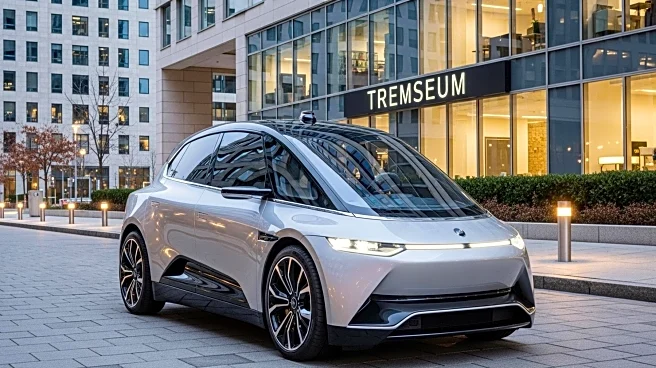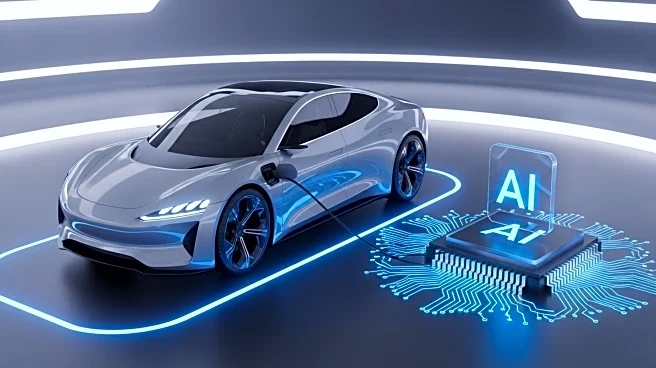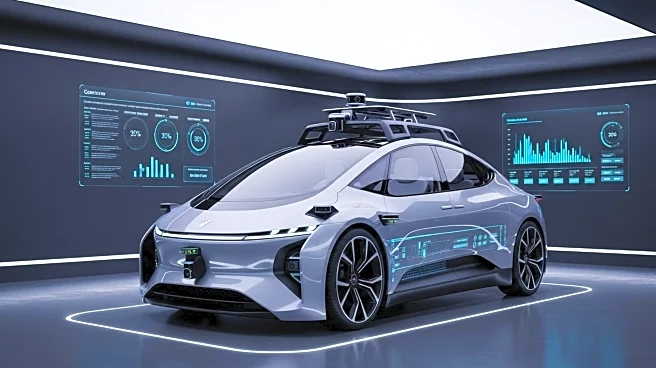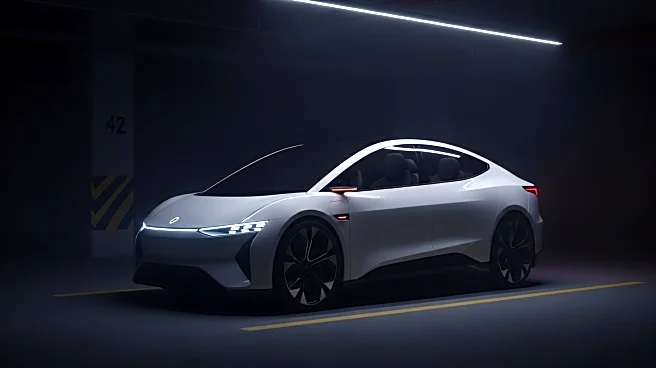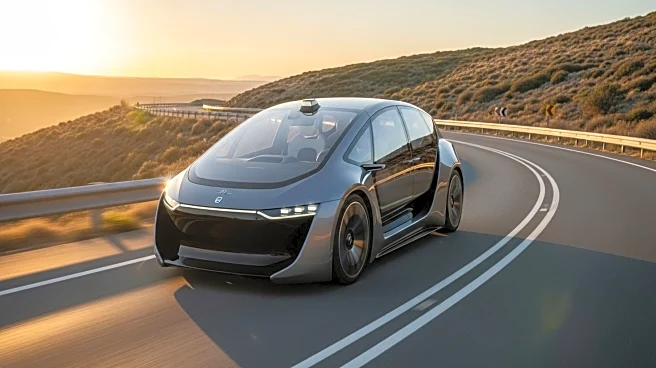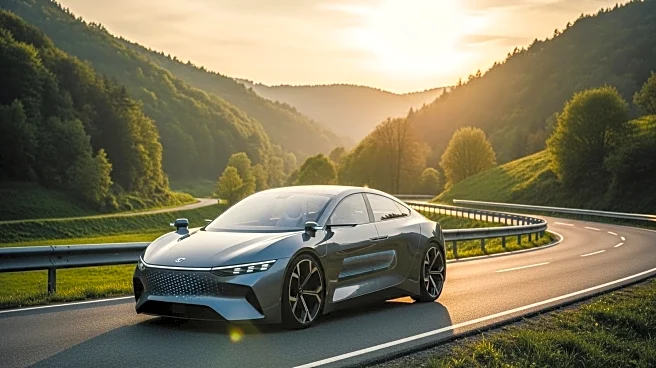What's Happening?
A recent attempt to demonstrate Tesla's Full Self-Driving (FSD) capabilities on a coast-to-coast trip from San Diego to New York City resulted in significant vehicle damage after just 60 miles. The incident involved a popular Tesla YouTuber, known as 'Bearded Tesla Guy,' who embarked on the journey to showcase the readiness of Tesla's autonomous driving technology. During the trip, the Tesla vehicle hit a metal ramp on the highway at 75 mph, causing substantial damage to the front sway bar bracket and other components. The vehicle's high-voltage battery was also damaged, leading to a repair bill totaling $22,275.82. However, Tesla service technicians identified a pre-existing issue with the battery cells, allowing for a warranty-covered replacement of the battery. Despite the setback, the YouTuber continues the journey, documenting the experience on YouTube.
Why It's Important?
This incident highlights ongoing challenges in the development and deployment of autonomous driving technology. While Tesla's FSD system has improved over the years, this event underscores the limitations and potential risks associated with relying solely on autonomous systems for long-distance travel. The significant repair costs and the need for warranty intervention raise questions about the reliability and safety of current FSD technology. For Tesla and other companies in the autonomous vehicle industry, this serves as a reminder of the importance of rigorous testing and refinement before widespread adoption. Consumers and stakeholders in the automotive sector may view this as a cautionary tale, emphasizing the need for continued innovation and safety measures in autonomous driving technology.
What's Next?
The ongoing journey of 'Bearded Tesla Guy' will likely continue to attract attention from both Tesla enthusiasts and critics. As the YouTuber documents the trip, further incidents or successful milestones could influence public perception of Tesla's FSD capabilities. Tesla may face increased scrutiny regarding the safety and reliability of its autonomous systems, potentially prompting further updates or improvements to the technology. Additionally, this event may spark discussions among policymakers and industry leaders about the regulatory framework needed to ensure the safe deployment of autonomous vehicles on public roads.
Beyond the Headlines
The incident raises broader ethical and legal questions about the accountability and liability in autonomous driving scenarios. As technology advances, determining responsibility in cases of accidents or malfunctions becomes increasingly complex. This situation may prompt discussions about the need for clear guidelines and regulations to address such issues, ensuring consumer protection and industry accountability. Furthermore, the cultural impact of autonomous driving technology continues to evolve, influencing societal attitudes towards automation and the future of transportation.

